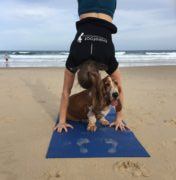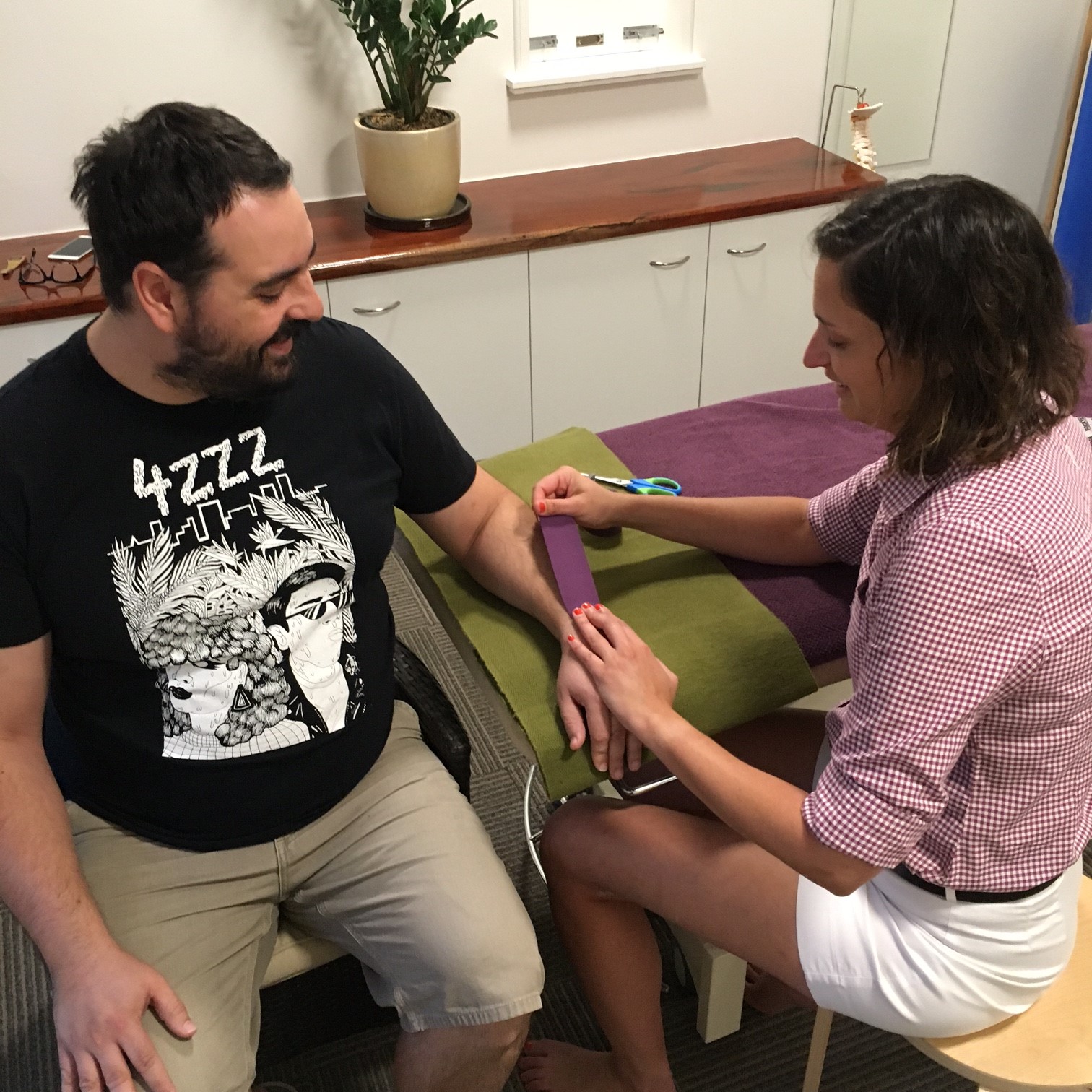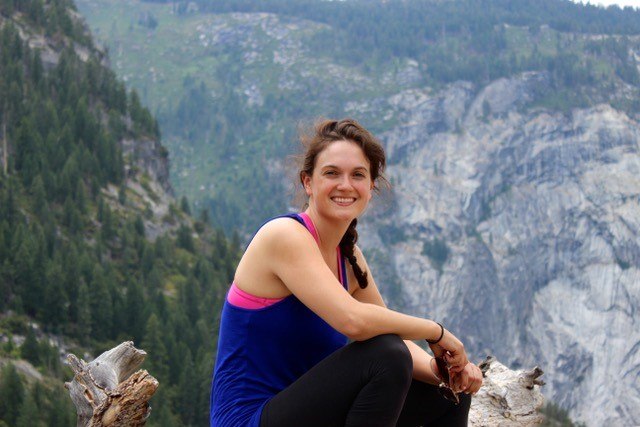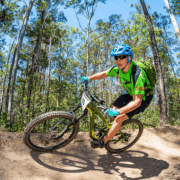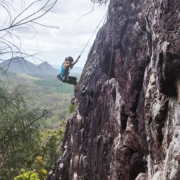
Our fastest physio, Caitlin, has just returned from the 2016 Rio Olympic Games!
Caitlin and her team ran in the women’s 4x400m relay and smashed their personal best in the heats to qualify for the finals. Woohoo, well done girls!
This was an awesome effort as our girls were the first women’s team to compete in the 4x400m finals since the 2000 Sydney Games with Cathy Freeman. And we could not have been more proud of our star athlete and her teammates!
Caitlin is passionate about encouraging and enabling people to live healthy and active lives, and in this interview she reveals how she personally approaches it.
Plus, she talks about the nerve-wracking moments before being selected, her amazing experience in Rio, whilst also uncovering how she prepares herself for such big occasions.
So with that in mind, let’s get stuck into it…
Q: Where were you and what was your reaction when you found out that you were going to the Rio Olympics?
A: I was actually on my lunch break at Barefoot! I didn’t know exactly when we would find out, so I had been sneakily checking my phone between clients for a call or text all day.
And then when I checked my email on my lunch break there was a very formal email saying I had been selected! It was a massive relief and a weight lifted off my shoulders to know I was definitely going. Then it was quite overwhelming and emotional to know I had achieved something I had been working towards for so long. I had to keep it a secret until the team was officially announced the next day… but I still called my coach, mum and husband.
Q: How long and hard have you been training for this? (ie what’s your training schedule, when did you discover you were a runner, and what else do you do to increase your ability?)
A: I have been training with my coach for 12 years now (yes, half my life!). When I was younger I adored my brother so I played AFL like him. And then when I went to primary school athletics day, my PE teacher suggested I try some athletics programs out at UQ.
Throughout school I always just ran because it was fun and I was good at it. When people asked me if I was going to go to the Olympics one day, I didn’t really have an answer for them because I knew that would be an incredible achievement. And I didn’t know if that’s where I’d end up in the future. I made my first Australian team (Junior) in 2010, when I was 18. And that was when I first thought that maybe I could actually go to the Olympics.
My training has obviously changed quite a bit over the 12 years I have been with my coach, Eric Brown. He was very good at holding me back when I was younger, and not burning me out. We have gone from 2 track sessions a week to gradually adding sessions, as well as building the intensity of training.
At the moment I am on the track 3 times a week, plus running on the road. On top of this, I do 2 gym sessions a week and I’ve just added in a specific Pilate’s session. I also spend time doing self-releases, working on maintaining appropriate muscle activation, good posture and running technique under extreme fatigue. Plus, I also ensure I recover well which means wholesome nutritious food, appropriate sleep and even ice baths!
Q: The training after you found out you had qualified for the Olympics must have been intense – how did you make sure your nerves and body wasn’t holding onto the stress and pressure you were under?
A: I have been having regular physio check ups and maintenance treatment for the past 8 years (approximately). So my body was already in good shape. It was just a matter of continuing to be vigilant with my self-testing, and addressing any issues that came up ASAP. I also continued with my self-releases and increased the frequency of my massage and acupuncture treatments.
Q: We don’t say ‘good luck’ here at Barefoot, because if you’re working hard enough, luck doesn’t come into it – but do you have any rituals before a race?
A: My ‘race rituals’ are mostly about doing things that make me feel comfortable and at my ‘best self’. So I like to have fancy nails that match my uniform and hair ribbons that match my uniform too. I almost always eat a chicken and salad sandwich, as I know this sits well in my stomach when I have a few butterflies.
Then there are more performance related things- so I have beetroot juice 2 hours before (it helps improve the ability to access oxygen in the blood), caffeine 1 hour before, and I start warming up 45 minutes before I need to be ready

Caitlin and the Women’s 4 x 400m Relay Team
Q: How do you deal with nerves the day of a competition so that you can focus and run your best?
A: I have been working with a sports psych recently and he gave me some really great advice. It is completely normal to be nervous and have self-doubting thoughts. So I try not to necessarily stop these thoughts, but rather acknowledge them and move on. If I am really focusing all my energy on the here and now and executing everything properly, then my brain doesn’t have time to take notice of those negative thoughts.
Q: Rio got a lot of negative feedback from the media. And we’re all dying to know, what was it really like in the Olympic Stadiums and the Village?
A: I had a great time in Rio. There are always going to be some logistical hassles when you are co-ordinating that many people and so many different sports, cultures, venues etc. I have seen that at almost every big competition I have been to.
So there were definitely a few hiccups (like our toilet seat sliding sideways every time you sat on it!). But overall I thought they did a good job. They certainly put in a lot of effort to make the village very aesthetically pleasing. My room looked out onto a lovely man-made lake and fountain!
The stadium was quite small compared to other major internationals I have been to. However, it was still very loud and had a great atmosphere for both my races. We had Brazil in our heat which was great- it’s always good when you have the home crowd noise!
Q: What’s the future hold for you at the Olympics and other events?
A: The next really exciting thing is the Gold Coast Commonwealth Games in April 2018. I am so excited to compete in front of a home crowd!! That is going to be really awesome. Our 4x400m is still young and developing so we are really aiming to medal by the time the Comms come around. I would also like to run the individual 400m at the Gold Coast. It’s going to be tough competition to make the team, but that’s what makes our relay so strong!
Before all that though, we have World Relay championships (May 2017 in Bahamas), which is also a great meet. The crowd is always really loud and excited and it was at that meet that the Aussie girls qualified our team for Rio, so I definitely have fond memories from there.
We also have world championships in London (August 2017). I would love to run the individual 400m there too. It’s in the London 2012 Olympic stadium, so that will also be really cool. Then after the Gold Coast, we have world champs in Qatar (2019) and the Tokyo 2020 Olympics.
I am definitely keen to continue running until Tokyo, as I think they will put on a really fantastic games. At the moment I am currently back into hard off-season base training trying to make all of these future goals happen! It’s a tough time of the year, as it’s when we do our most physically punishing training. So it’s important to remember why I love the sport, and to have goals to focus on, and get me through the tough training!
Not many people get to achieve their childhood dreams like that. But it just goes to show how focus and commitment over the long term pays off.
And keep in mind, it’s through her elite experience as an athlete, that Caitlin can see firsthand the difference that quality physiotherapy can make to performance and injury-prevention.
She enthusiastically utilises her skill-set to show people how great their bodies can and should feel. And she thrives on the challenge of helping people who have been suffering from prolonged pain and stiffness.
So if you’d like to benefit from Caitlin’s physiotherapy sessions to achieve a healthier and stronger body, you can make a booking online to see her by visiting the link here.

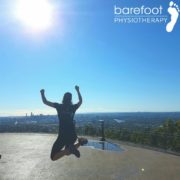
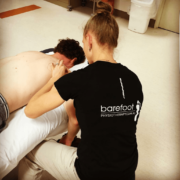
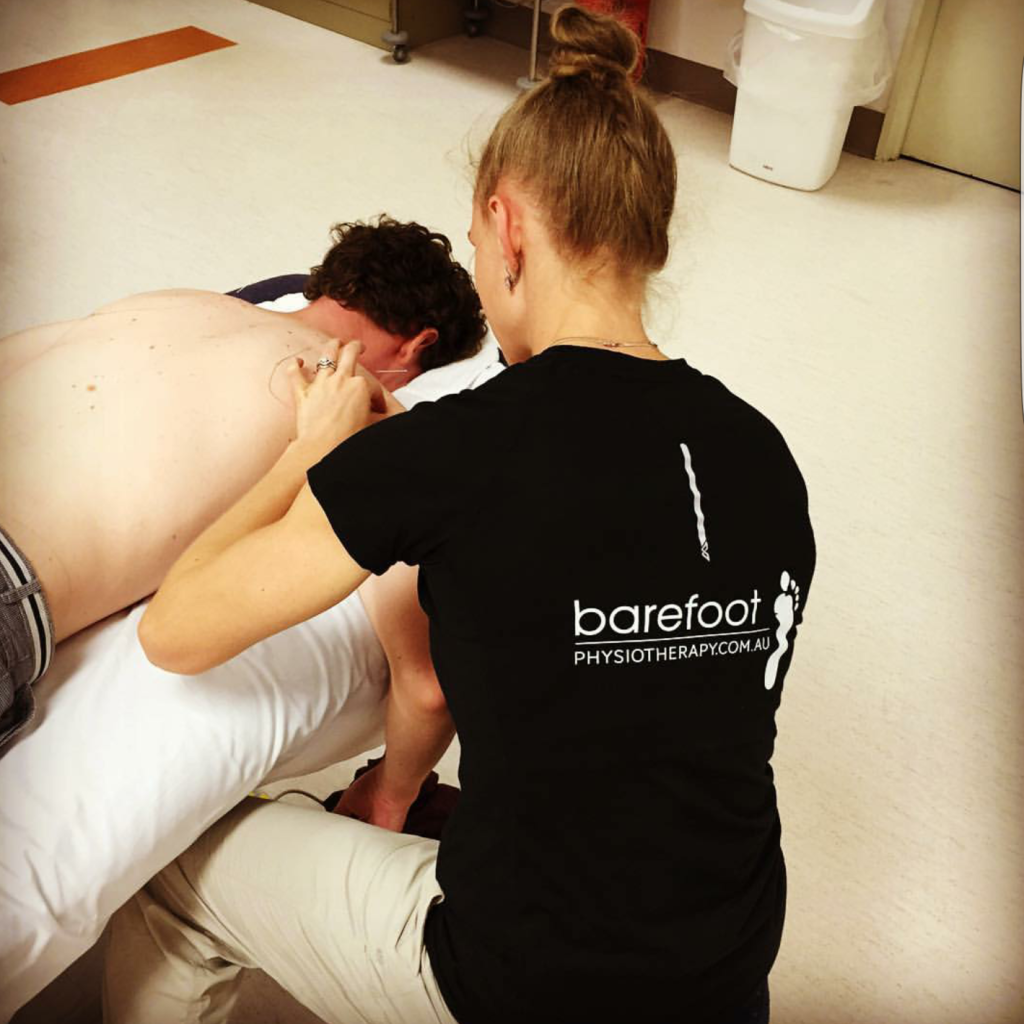

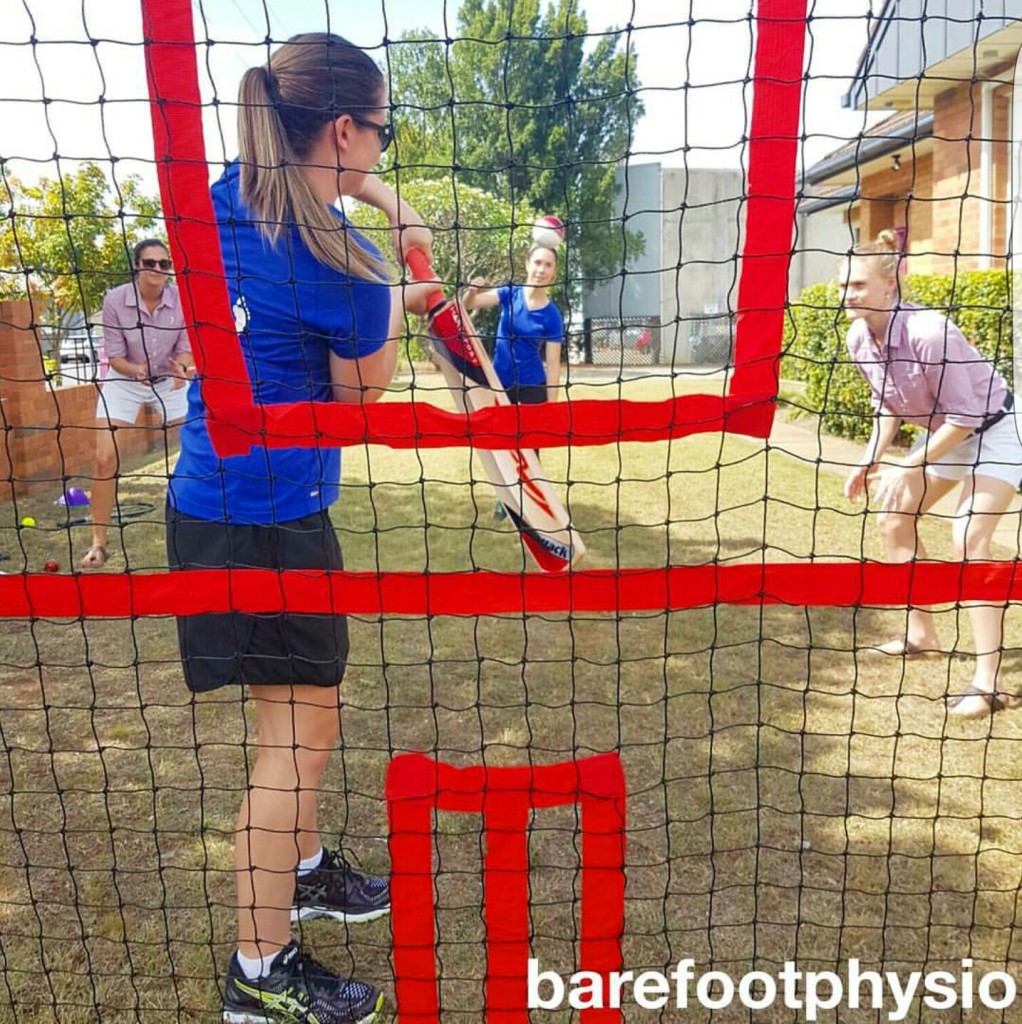 Number one on the list is you. Don’t forget to prioritise you! Yes, this is the time of giving and spending time with family and friends, but that doesn’t mean that you or your health have to suffer. Make sure you stick to your exercise routine, but don’t be afraid to modify your workouts, whether it be the intensity or the time frame, be sure that you’re keeping your body happy. If you’re headed to the beach, keep in mind that a nice walk on the beach can also be considered a work out.
Number one on the list is you. Don’t forget to prioritise you! Yes, this is the time of giving and spending time with family and friends, but that doesn’t mean that you or your health have to suffer. Make sure you stick to your exercise routine, but don’t be afraid to modify your workouts, whether it be the intensity or the time frame, be sure that you’re keeping your body happy. If you’re headed to the beach, keep in mind that a nice walk on the beach can also be considered a work out.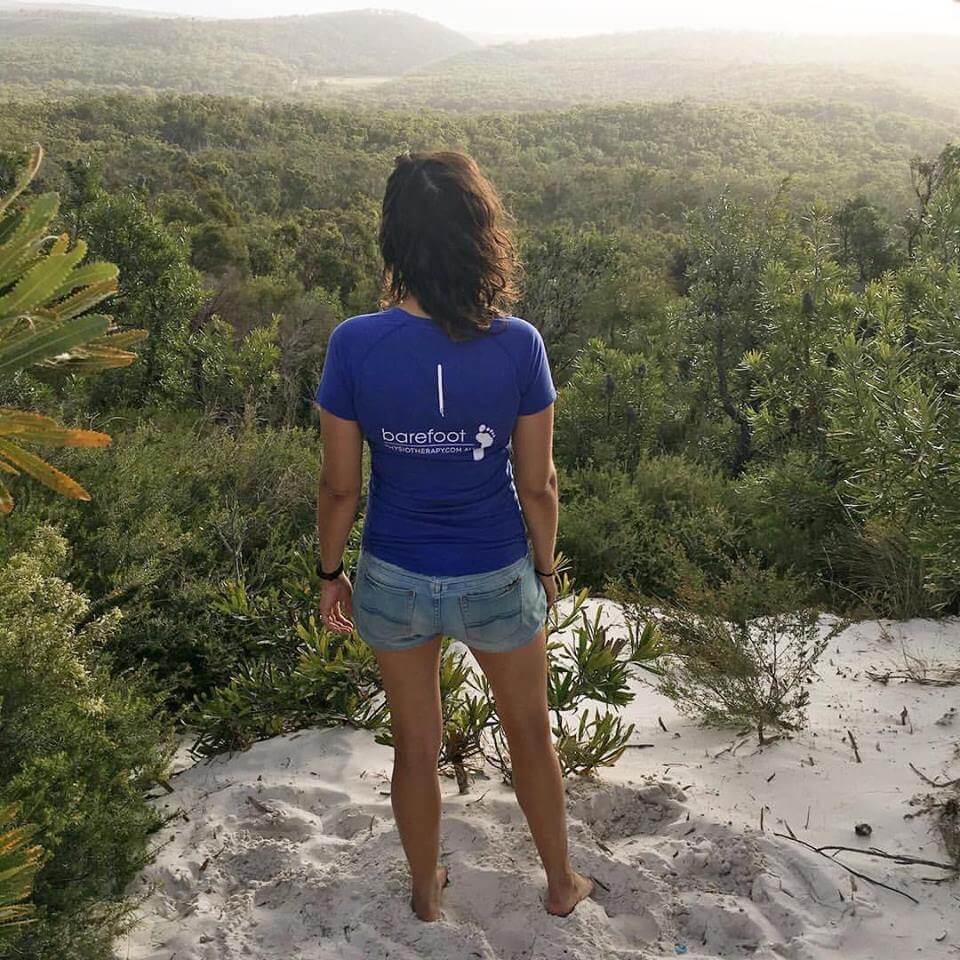 Stay hydrated! Over the silly season, people tend to drink a little more alcohol than they normally would throughout the year. This definitely helps with the spirit staying merry, but it is generally quite hot over the Aussie Christmas holiday, so try to keep that H2O close by for you to call on it regularly to help your body survive the break.
Stay hydrated! Over the silly season, people tend to drink a little more alcohol than they normally would throughout the year. This definitely helps with the spirit staying merry, but it is generally quite hot over the Aussie Christmas holiday, so try to keep that H2O close by for you to call on it regularly to help your body survive the break.
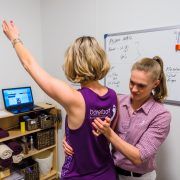
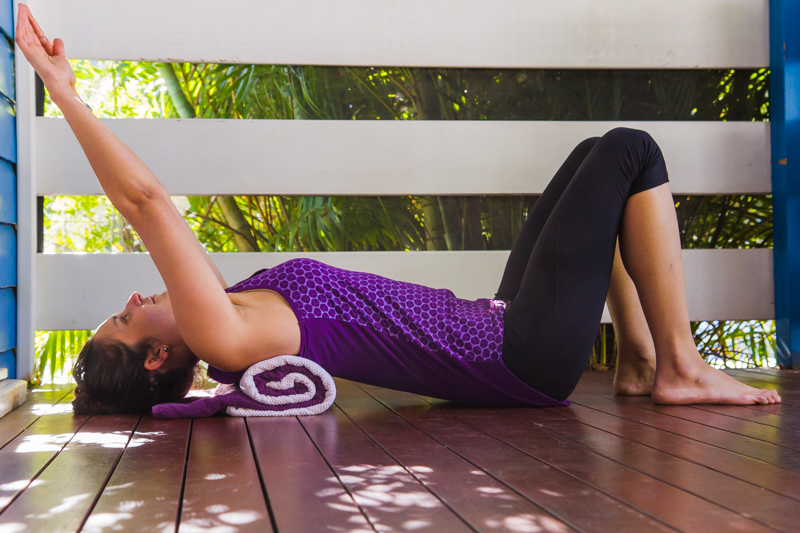 Often during our assessments, we will find tight, ropey or stiff areas that are really painful and you were unaware they were there. Our brains are really good at ignoring musculoskeletal pain, especially when it has happened slowly over time or remains the same every day. This is one of the reasons why pain/injuries can occur seemingly out of nowhere.
Often during our assessments, we will find tight, ropey or stiff areas that are really painful and you were unaware they were there. Our brains are really good at ignoring musculoskeletal pain, especially when it has happened slowly over time or remains the same every day. This is one of the reasons why pain/injuries can occur seemingly out of nowhere.